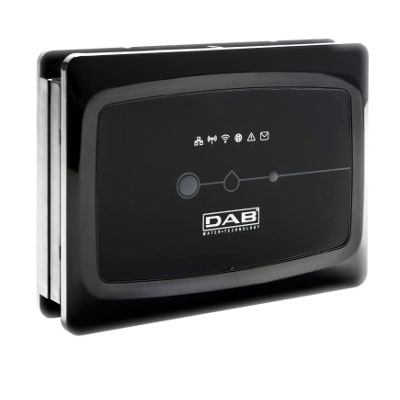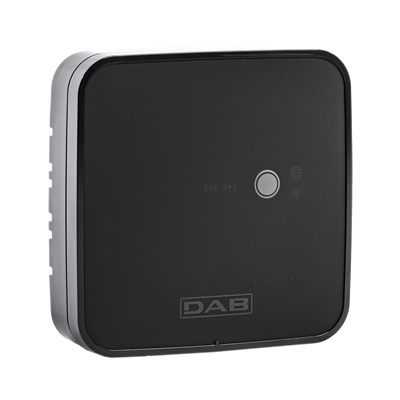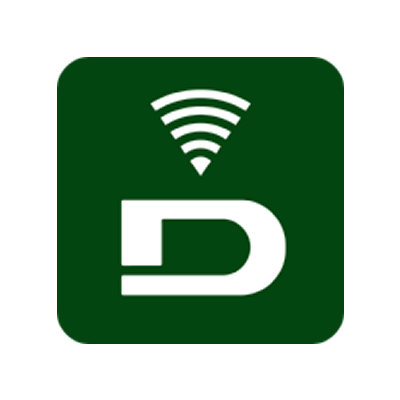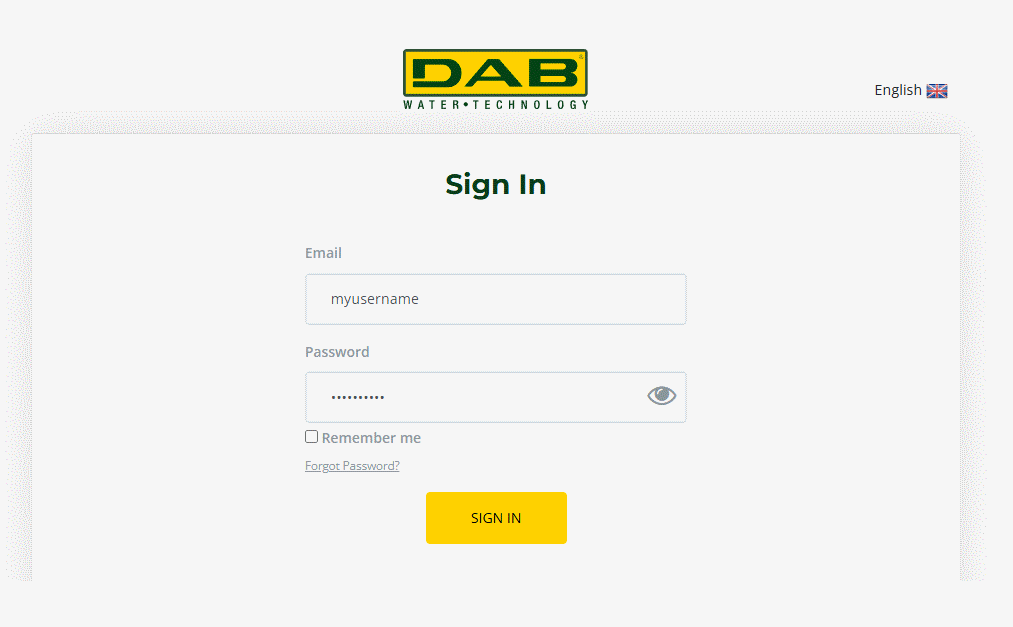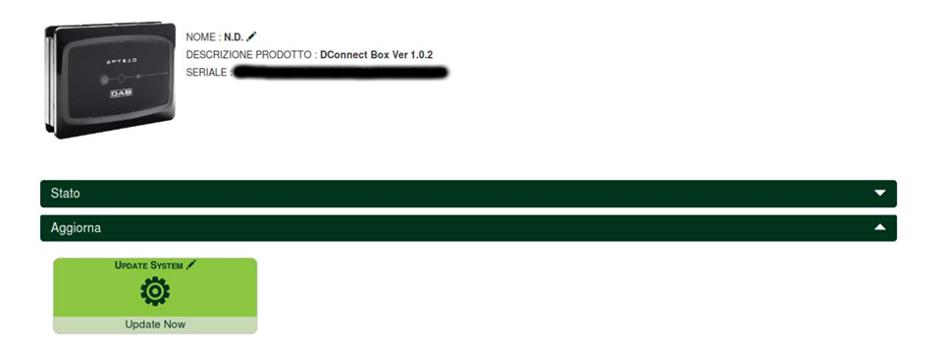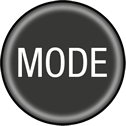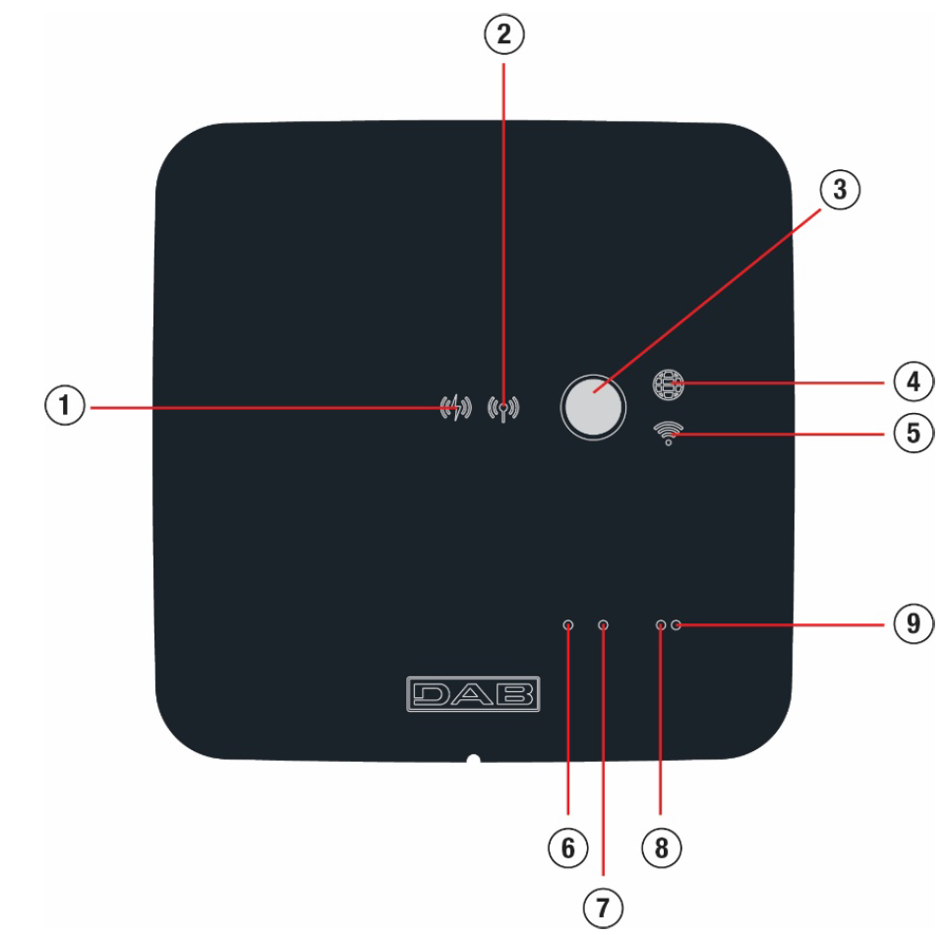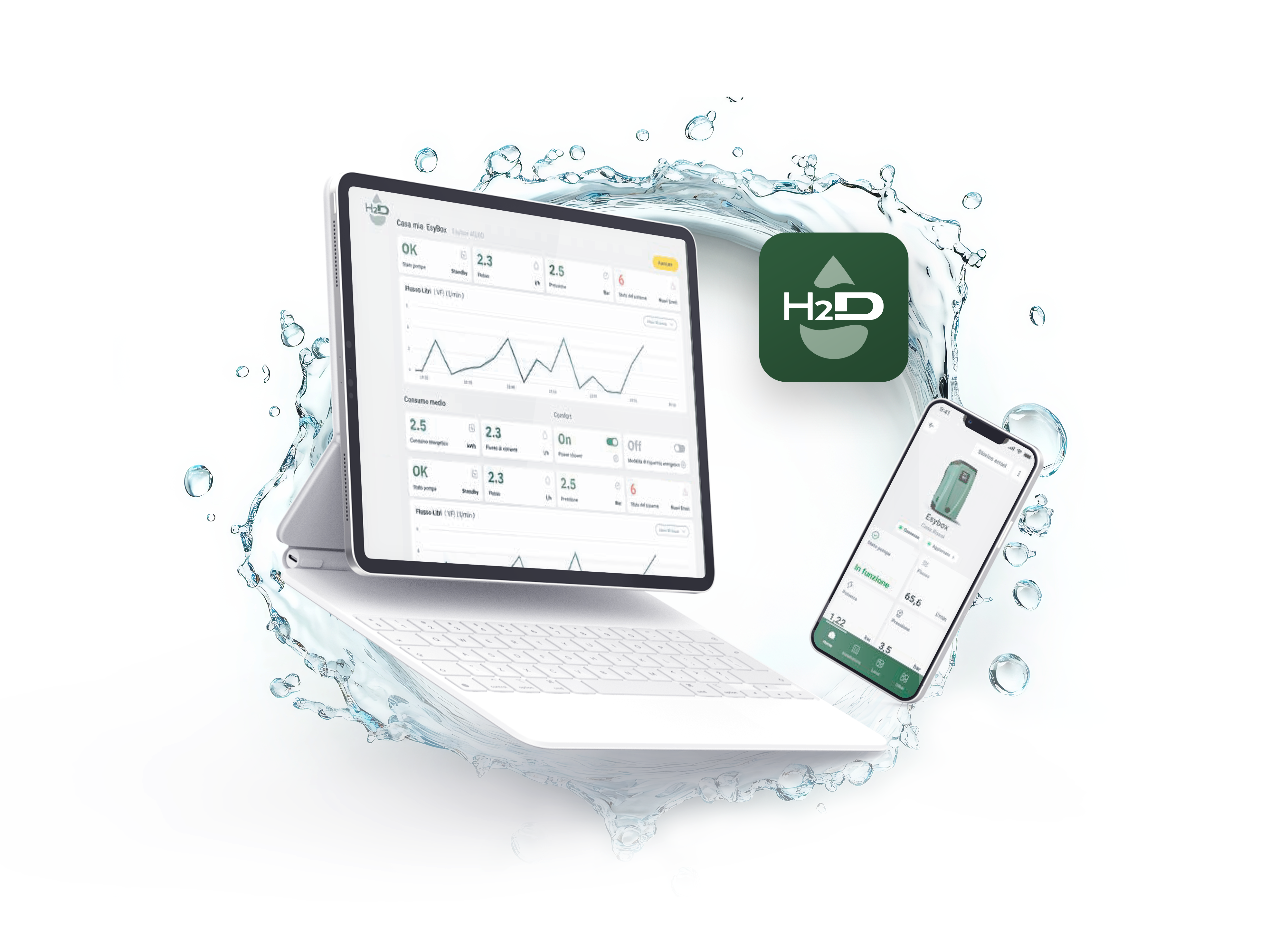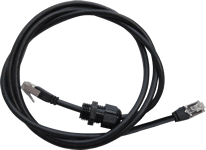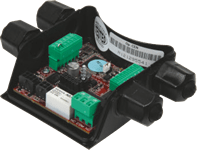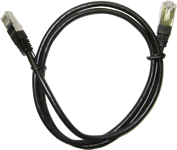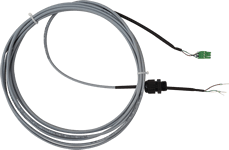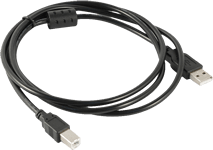Vérifiez, conformément au manuel, que chacune des pompes est à jour, sinon procédez à leur mise à jour.
Pour créer un groupe d’E.sybox,
- accédez au “Menu installateur” par le biais des boutons et appuyez sur le bouton jusqu'à ce qu’apparaisse à l'écran le sigle “AS”. Si elle n’est associée à aucun autre composant, la pompe affiche l’indication “No Dev”.
- Appuyez sur le bouton de la pompe pendant 5 secondes jusqu'à ce que la DEL bleue sous l'écran commence à clignoter.
Exécutez la même opération sur la pompe suivante à ajouter dans le groupe de mise sous pression. Un groupe peut être composé de 4 pompes maximum.
Une fois les pompes associées entre elles, sur leur écran s’affichent les composants du groupe et la DEL bleue reste allumée de manière fixe.
Une fois le groupe de pompes créé, vous pouvez le raccorder à la DConnect Box pour permettre son contrôle à distance :
Répétez l’opération faite aux points
1 et
2 sur chacune des pompes du groupe que vous venez de créer.
Dans les 45 secondes suivantes, appuyez sur la touche gauche de la DConnect Box pendant 5 secondes jusqu'à ce que vous entendiez un bip. La DEL sans fil de la DConnect Box commencera à clignoter, puis restera allumée de manière fixe une fois la DConnect Box associée au groupe de pompes.
Si l’association s’est faite avec succès, vous verrez apparaître un autre composant du groupe appelé “
D.Box” dans le menu “
AS” sur l’écran des pompes.
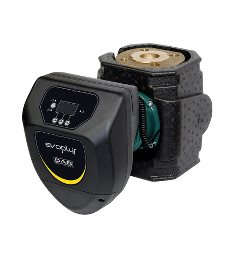 EVOPLUS
EVOPLUS









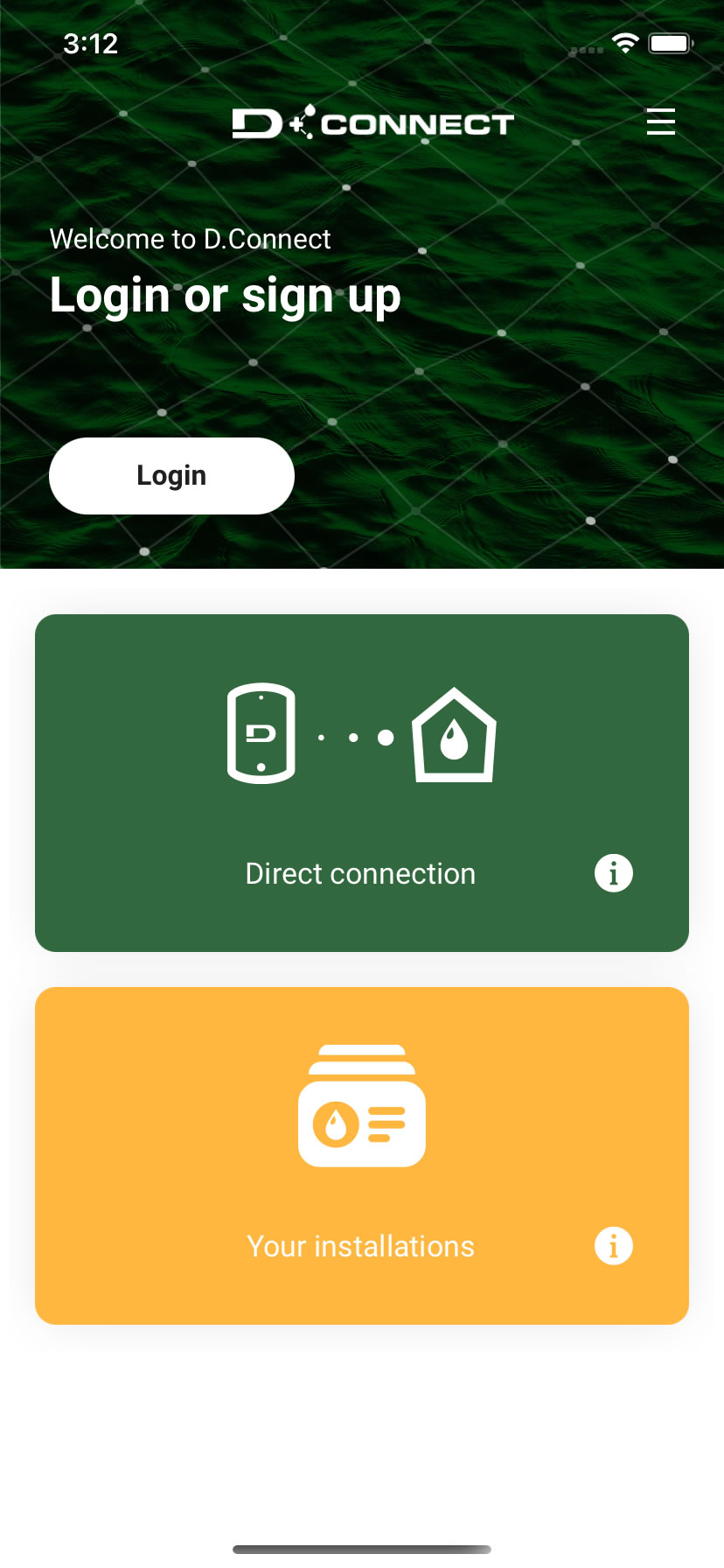
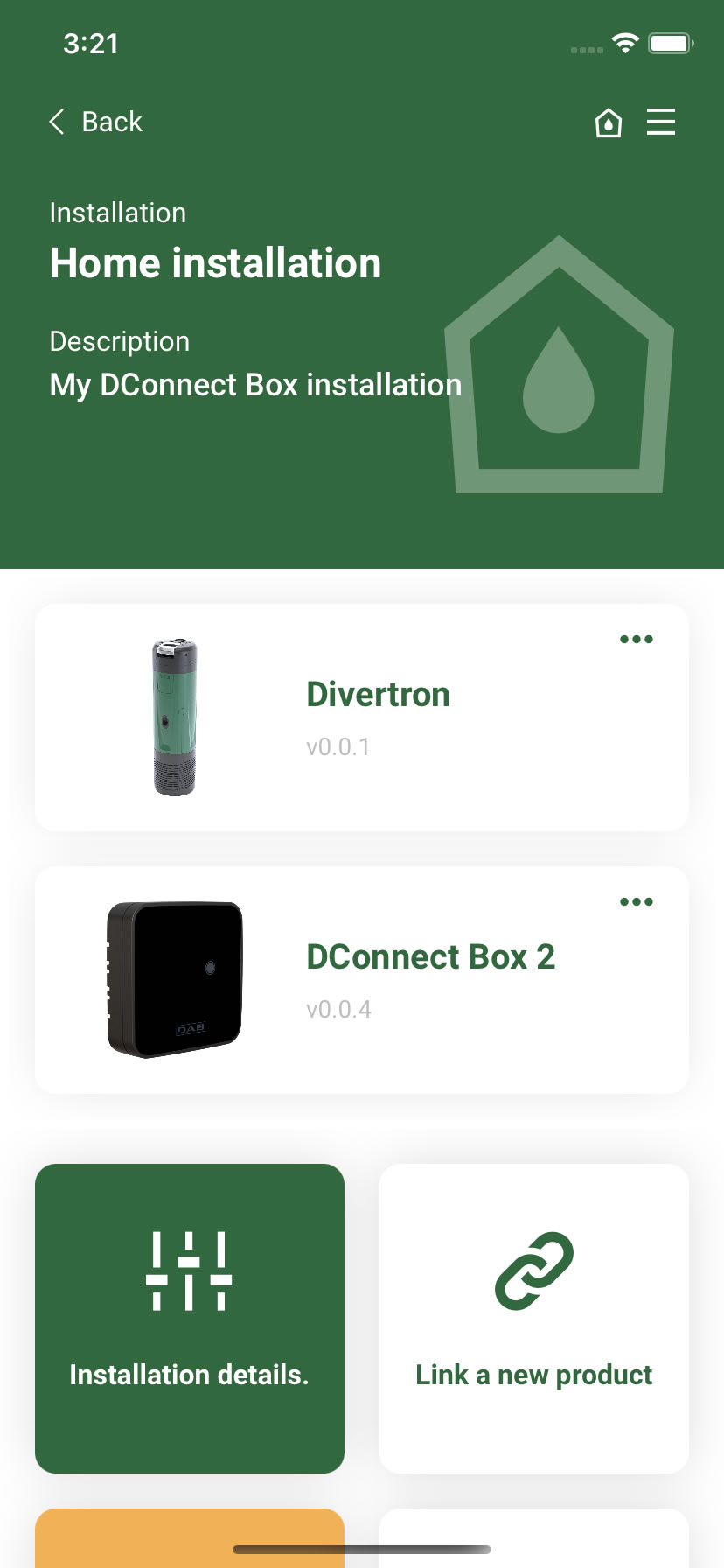
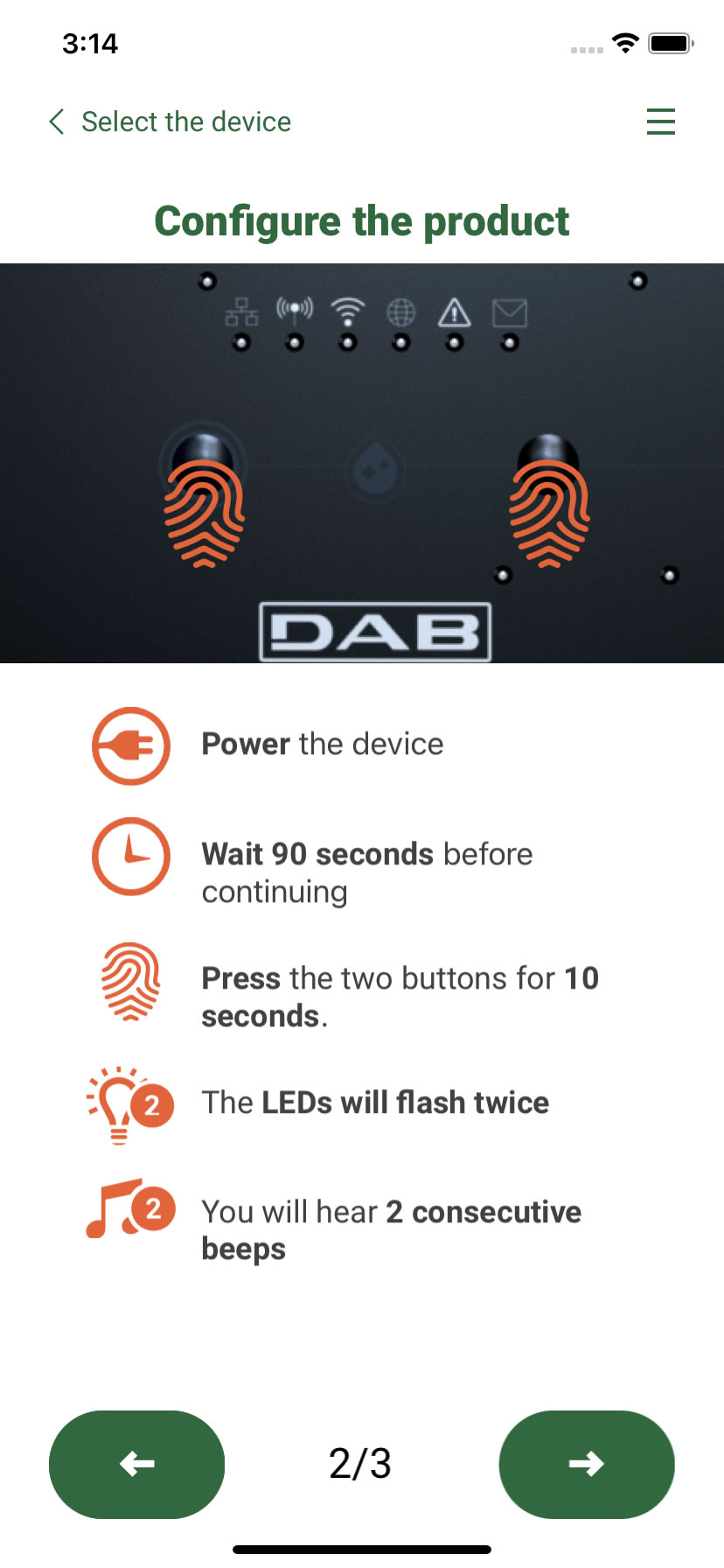
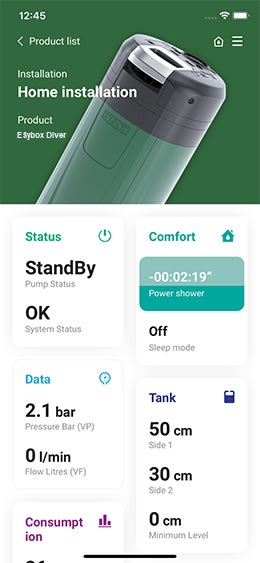
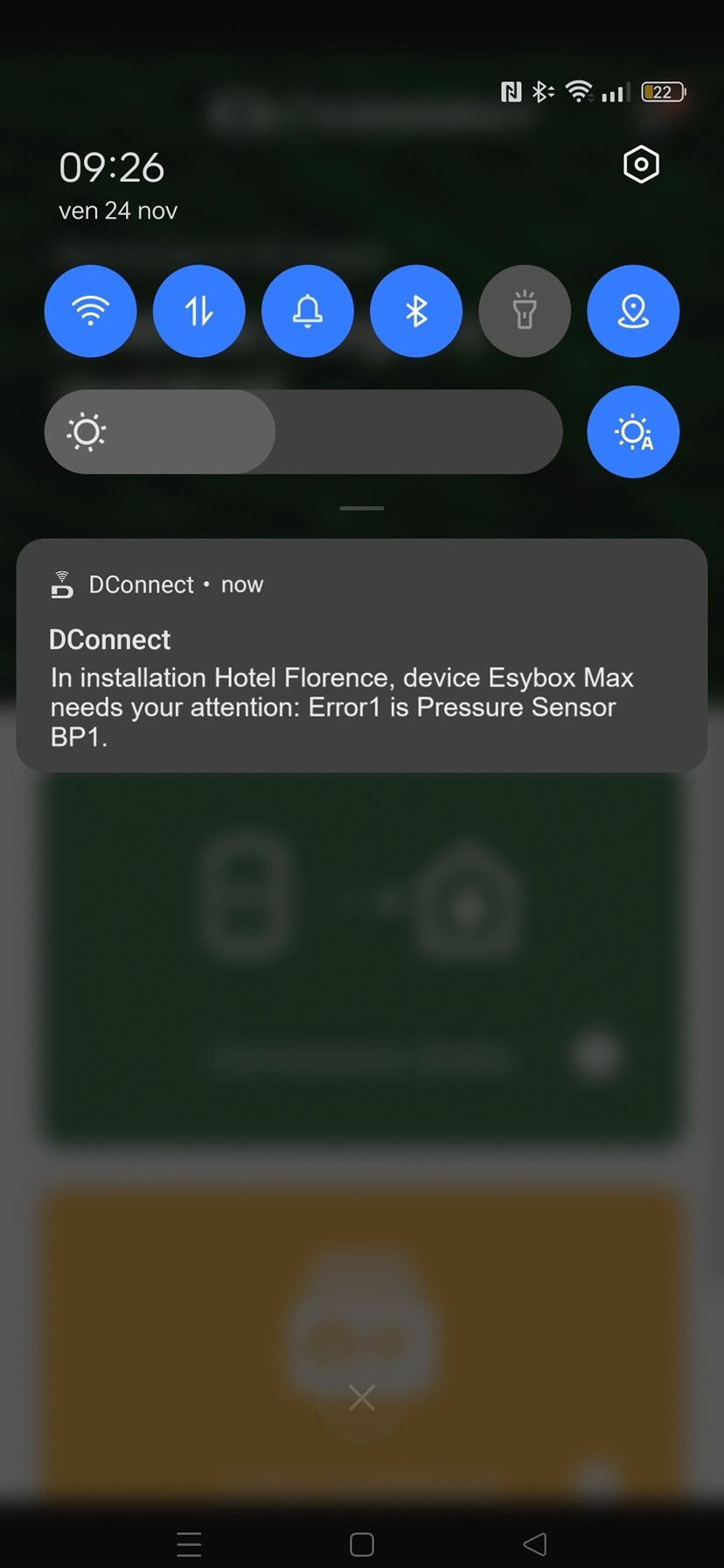
 En apprendre plus
En apprendre plus 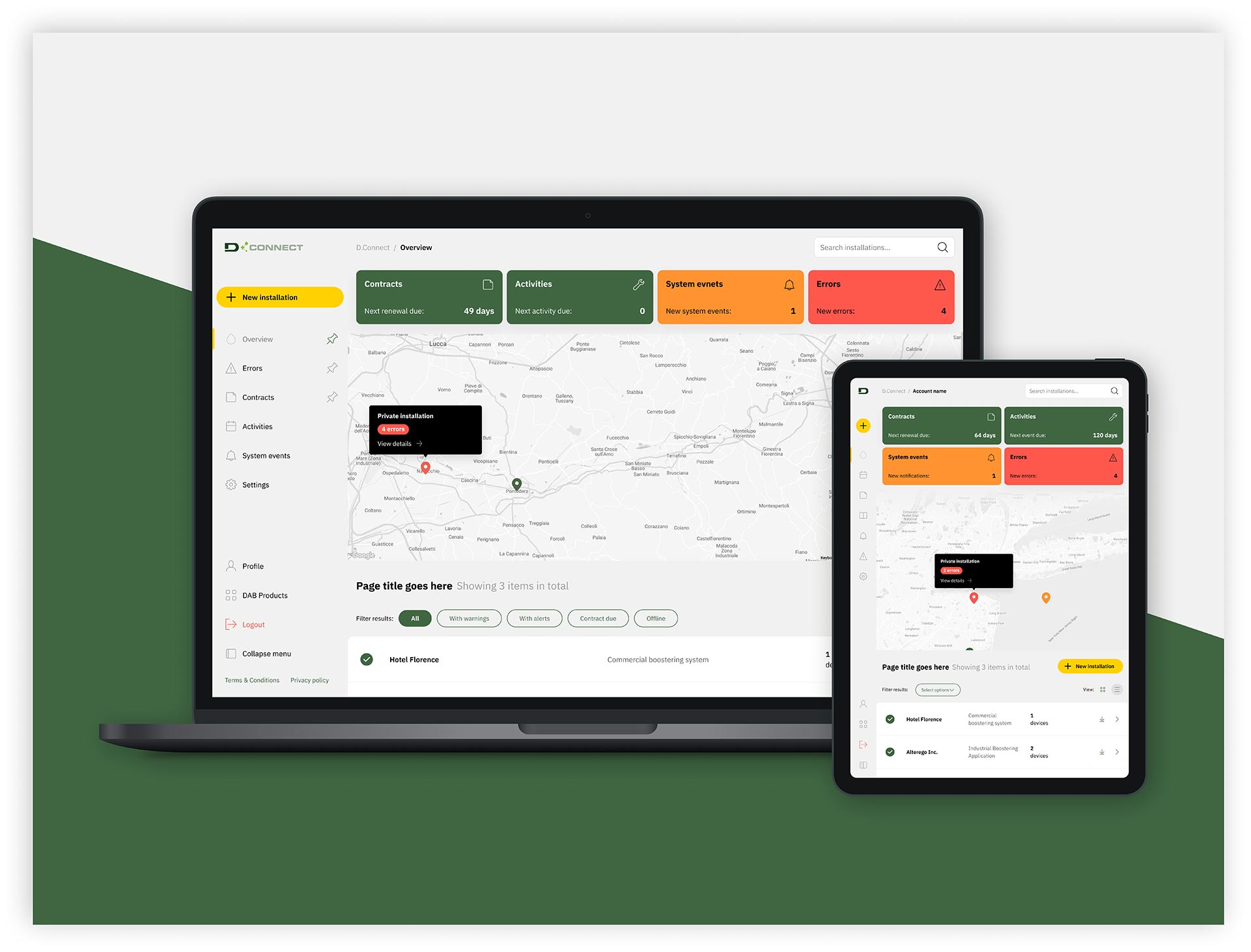
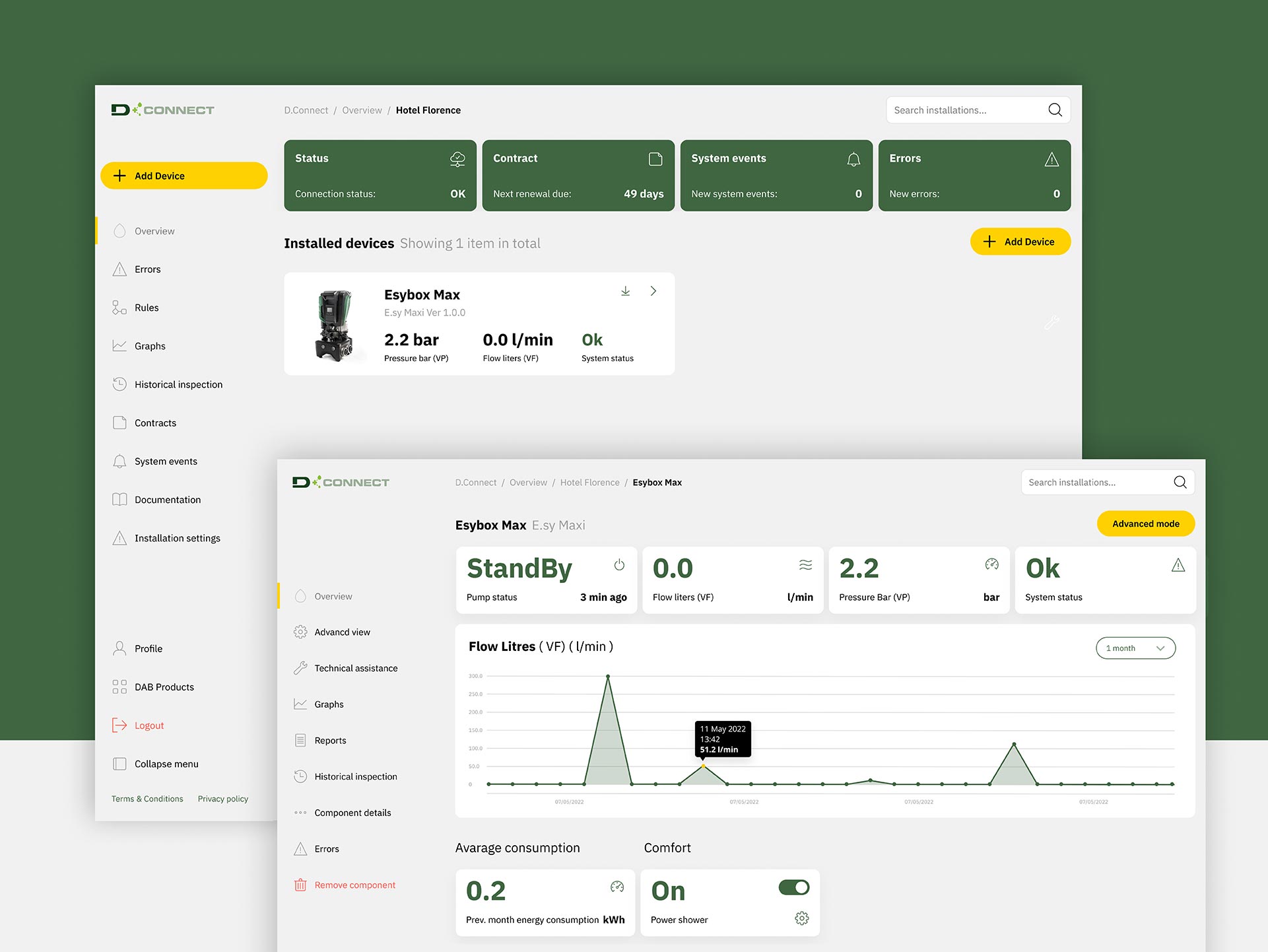
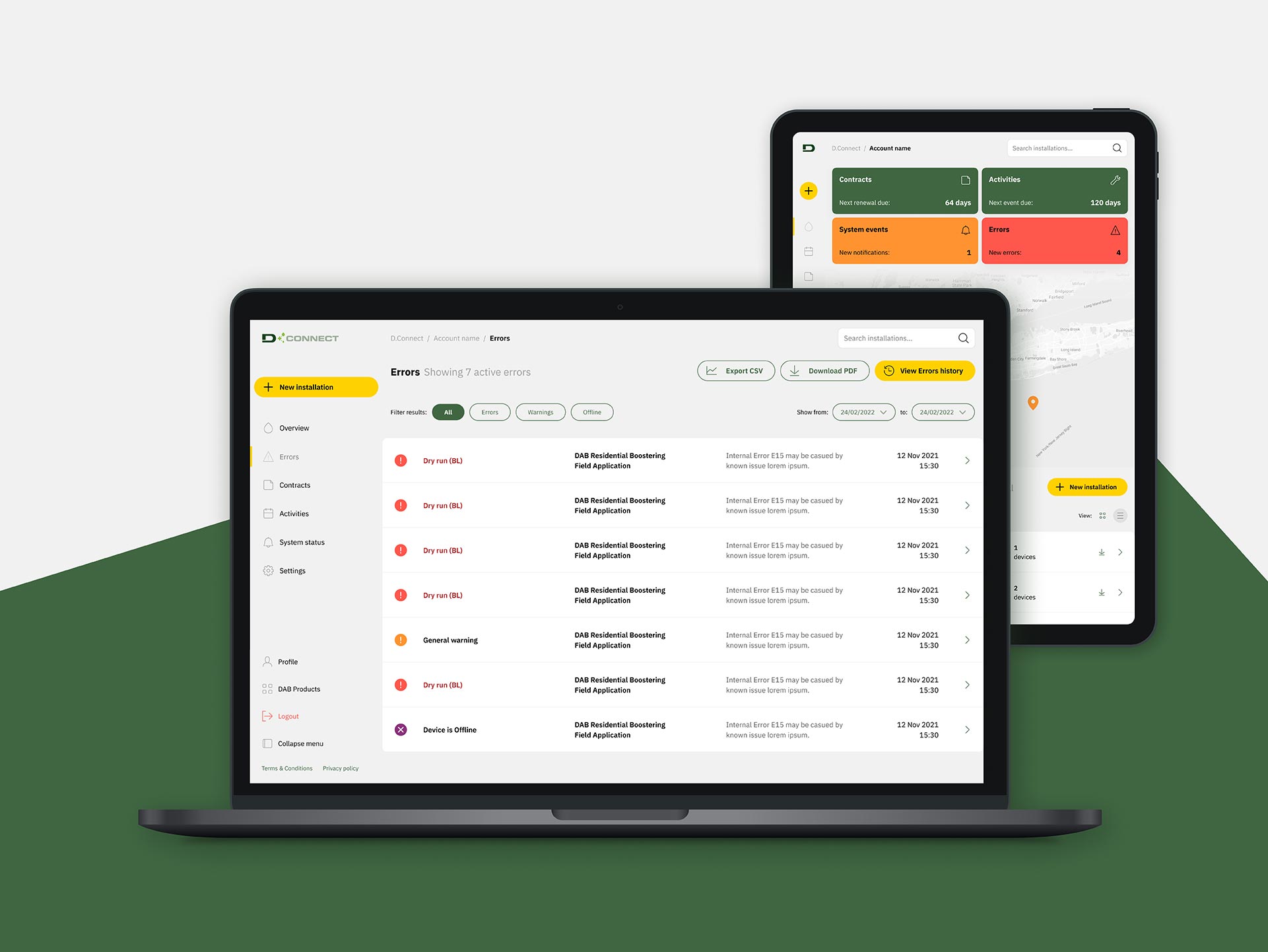
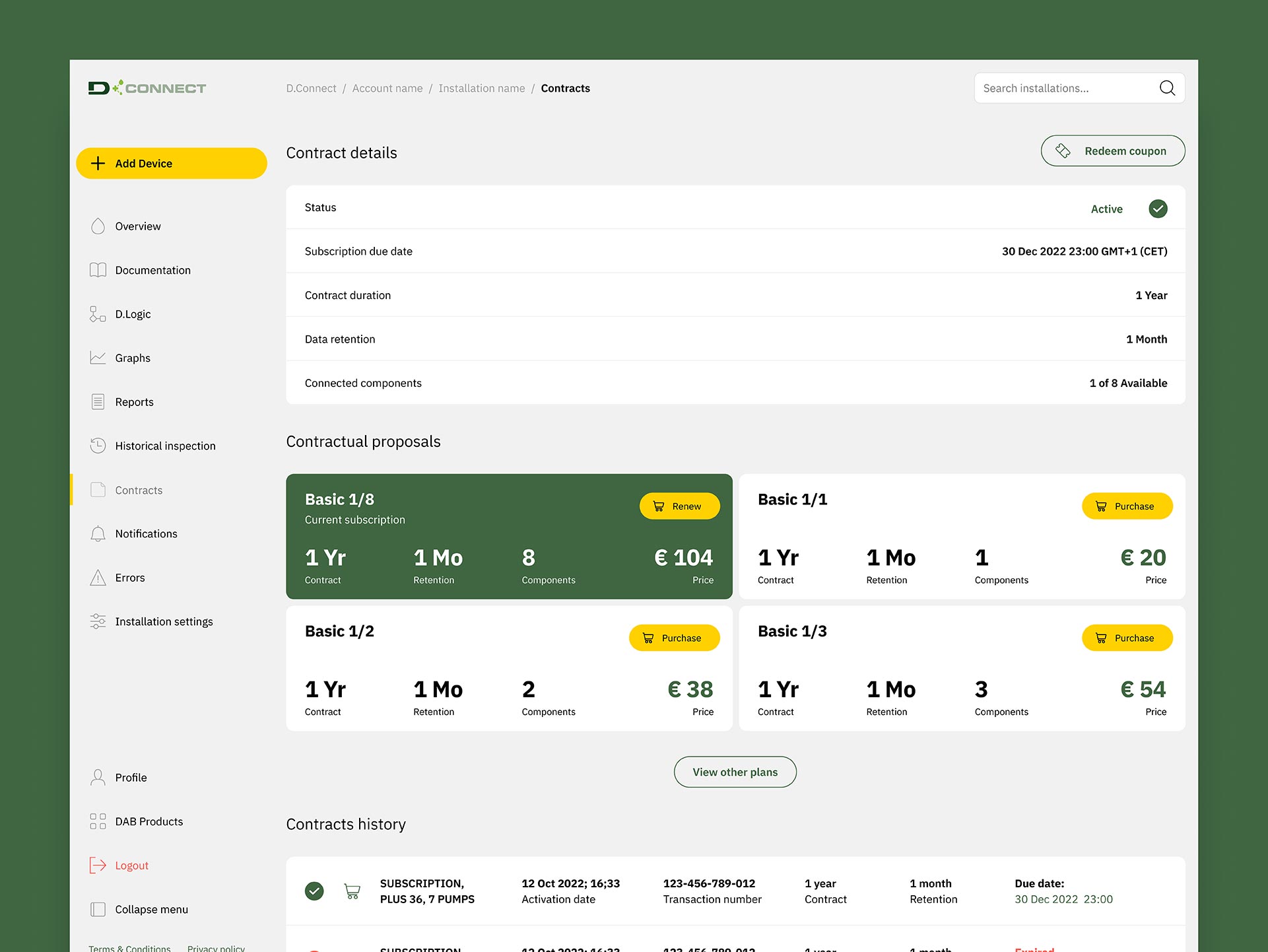
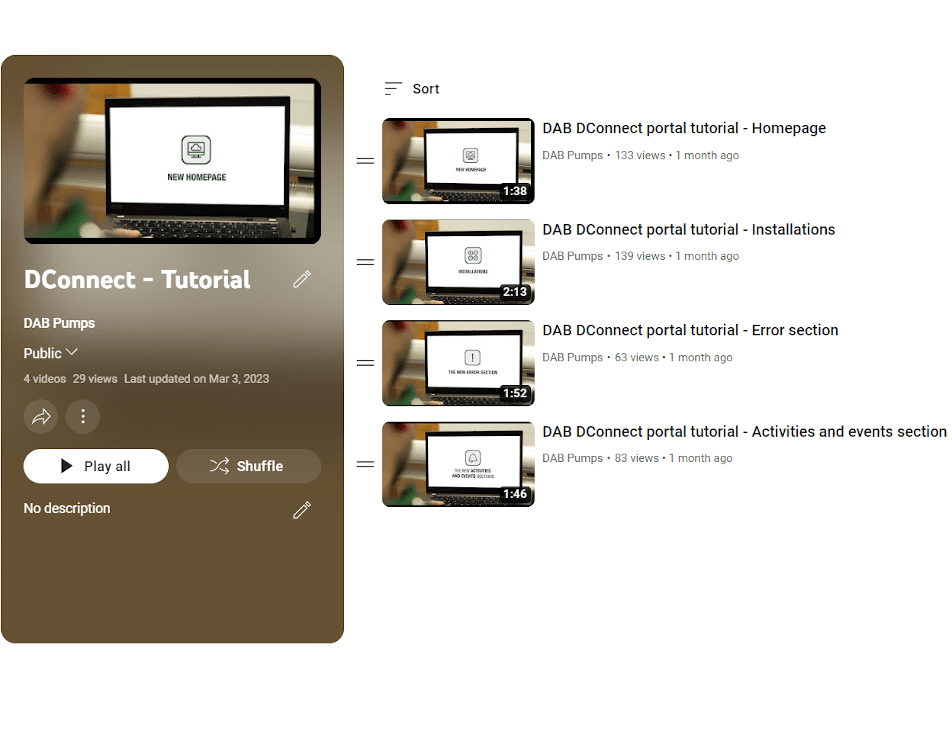
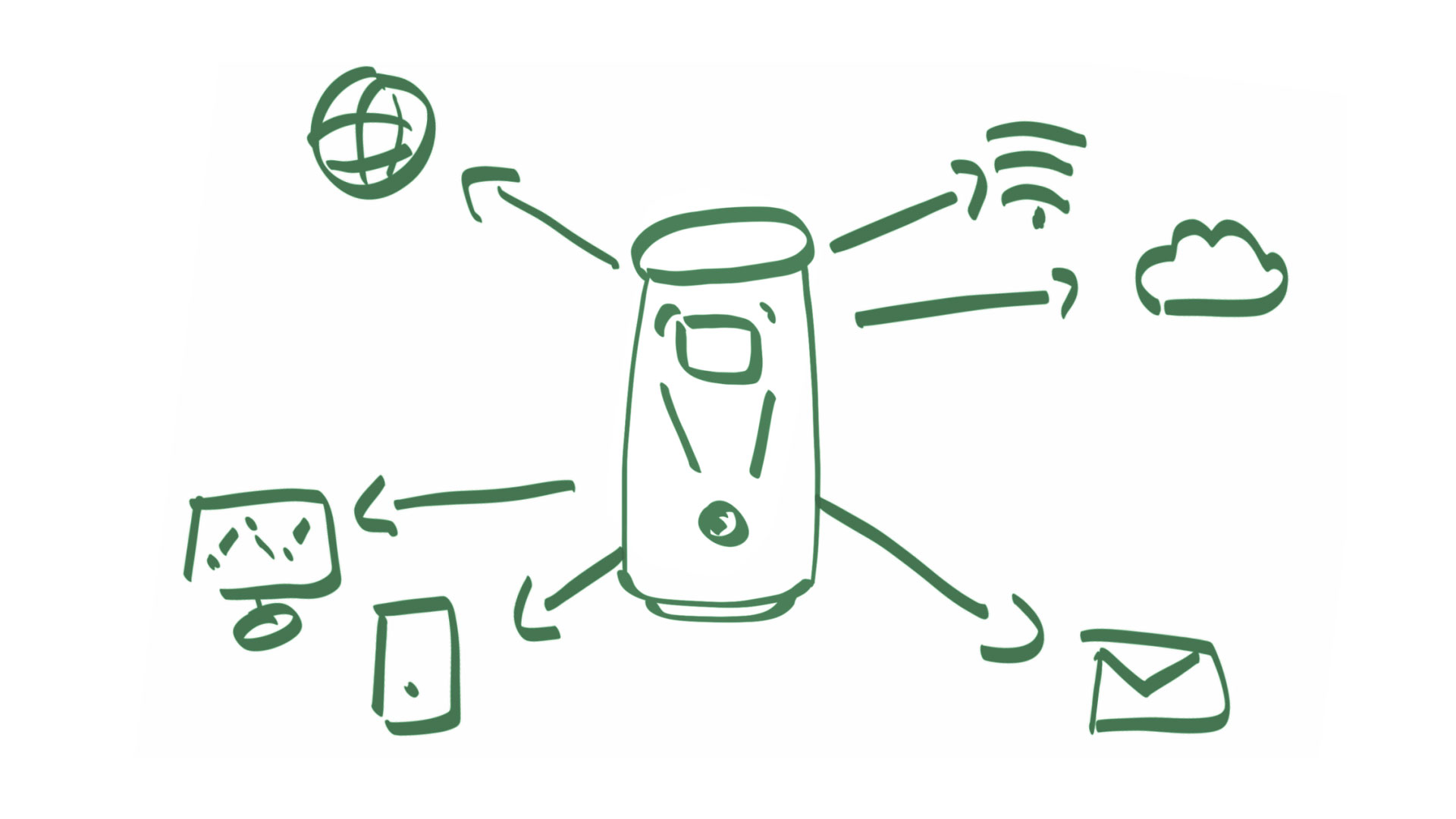
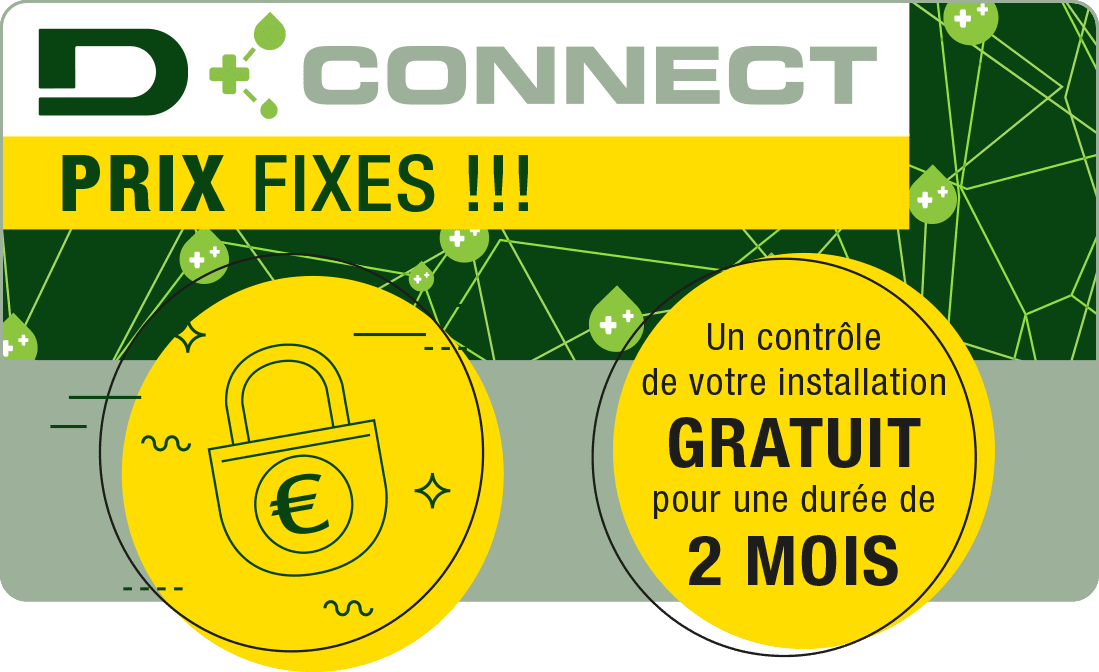

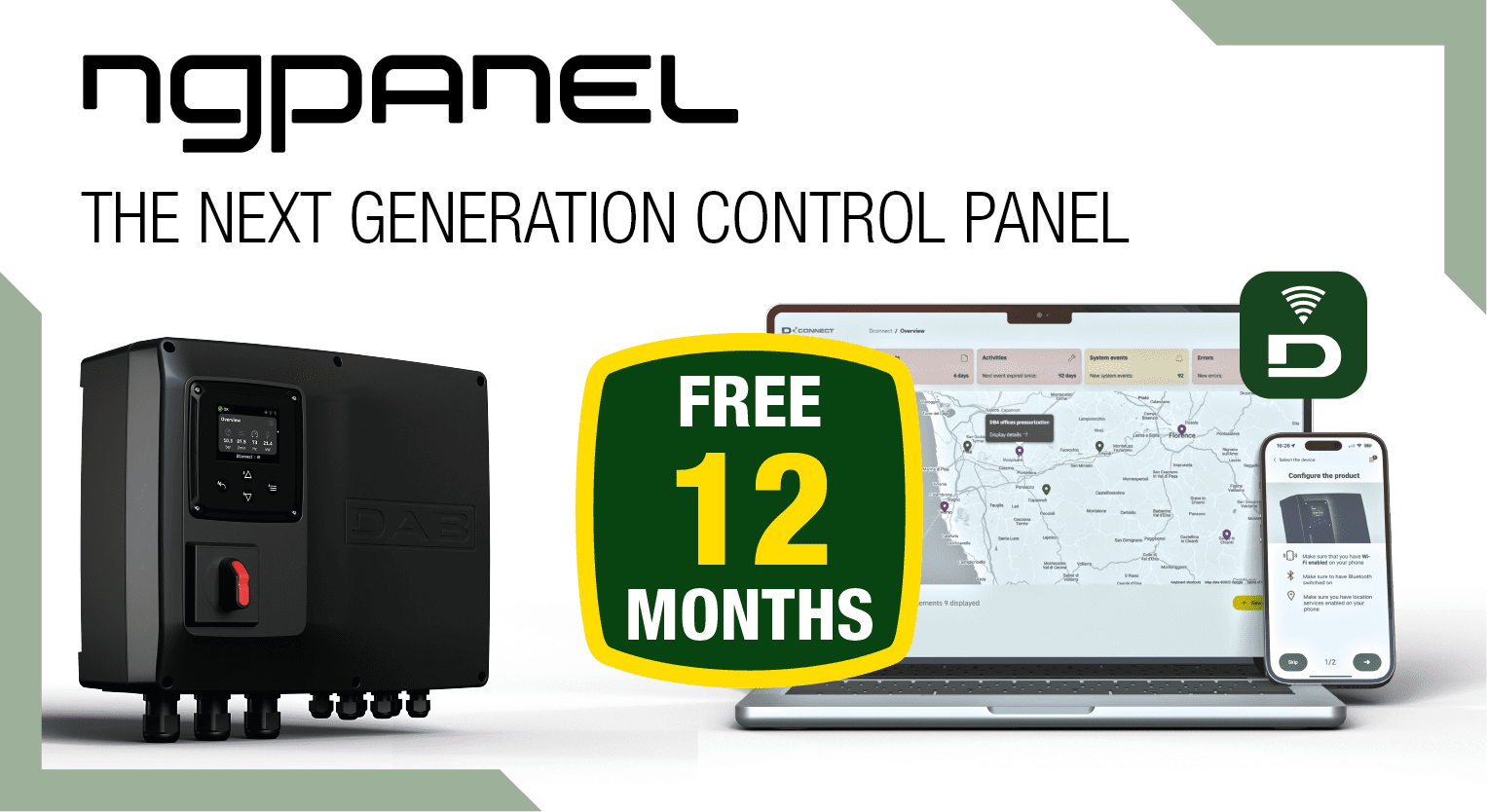

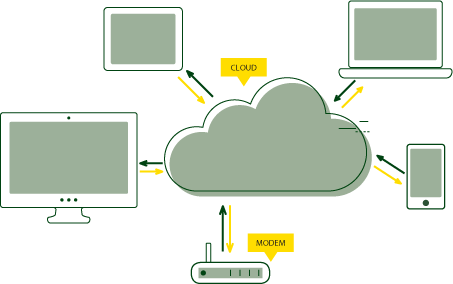

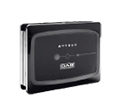
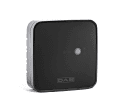

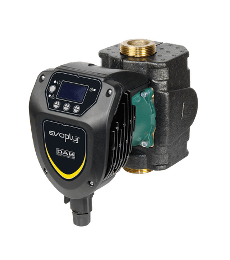
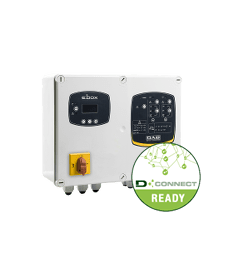
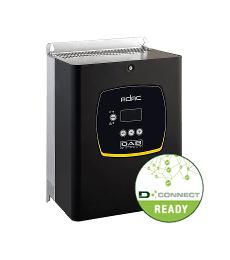
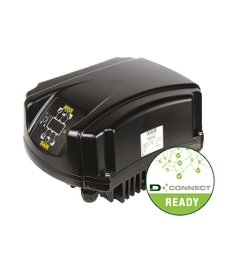
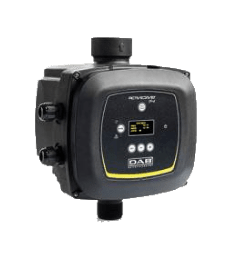
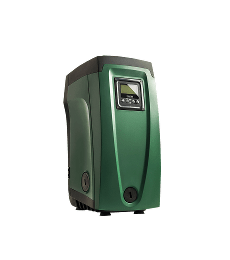
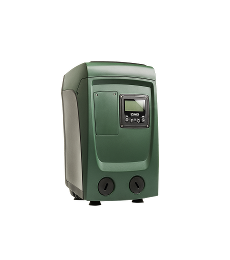
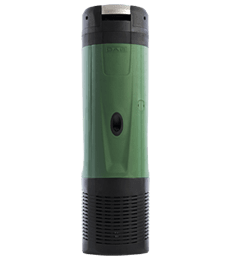
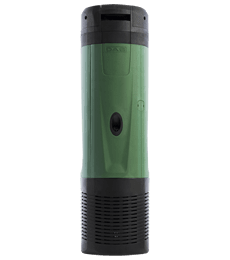
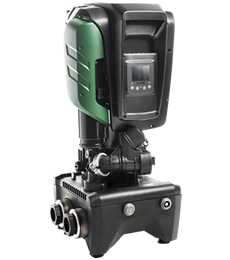
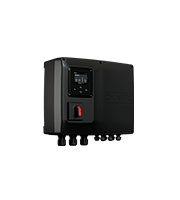
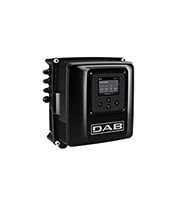
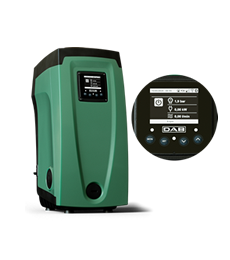
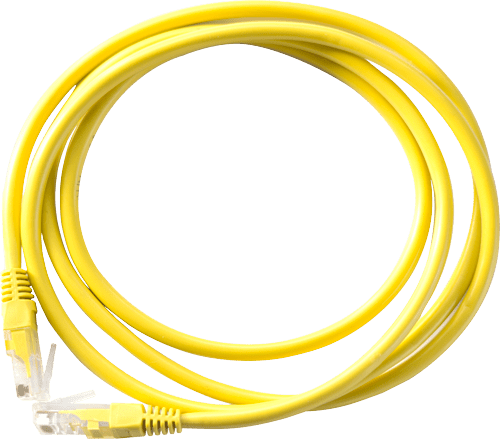
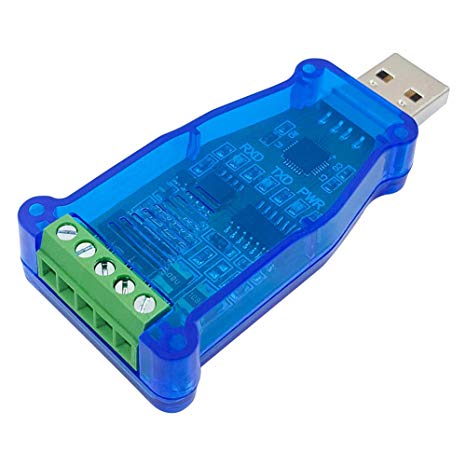
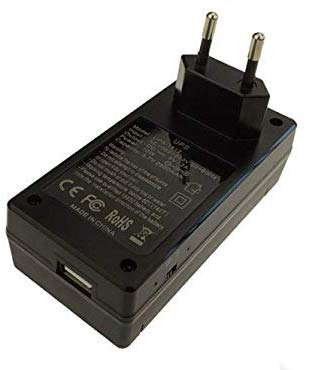
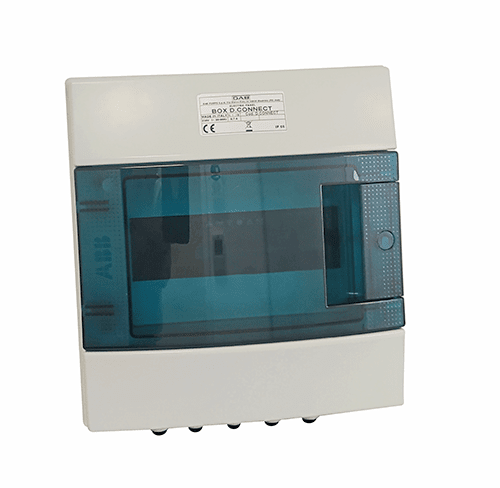
 Add to the DConnect Box
Add to the DConnect Box